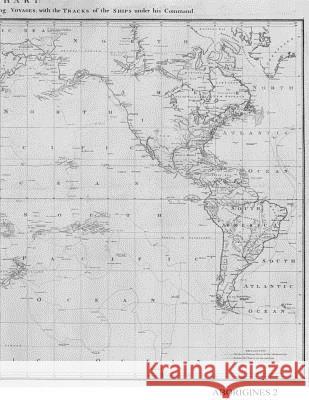Aborigines » książka
Aborigines
ISBN-13: 9781541296152 / Angielski / Miękka / 2016 / 592 str.
This study compares the best documented tribes of Aborigines to reconstruct what they had in common. The Arunta and nearby tribes in the center of Australia provide the main basis for comparison through ethnographic studies made by Francis James Gillen, Baldwin Spencer, Carl Strehlow, and T. G. H. Strehlow. The Arunta are compared to tribes in the Northeast of Australia documented by Walter Edmund Roth and John Mathew; to tribes in the Southeast documented by David Collins, William Buckley and Alfred William Howitt; to tribes in southern Australia documented by John Edward Eyre; and to tribes in Western Australia documented by George Grey, Rosendo Salvado, and Daisy May Bates. Altogether, more than 60 volumes of primary sources were evaluated, extracted, and summarized. This information was divided into 20 principal topics and several hundred sub-topics to facilitate comparison. This study of Aborigines is part of a six-volume series entitled "Were We Like Them?" Additional volumes planned for publication in 2017 are about Bushmen, Fuegians, and Conclusions. The volumes on Bushmen and Fuegians have also been subdivided topically to correspond to the volumes on Aborigines. The six-volume set is intended to determine what Aborigines, Bushmen and Fuegians had in common before they separated 50,000 or more years ago and migrated to the ends of the earth, where they developed in isolation on three widely separated continents. A comparison of these three peoples enables a 50,000-year datum to be established that will indicate what Homo sapiens had in common before leaving Africa. Upon first seeing Fuegians, Charles Darwin asked, "could our progenitors be such as these?" After seeing Aborigines, he had additional reasons for thinking that all peoples had reached an equivalent stage of development before leaving Africa, where he eventually concluded that Mankind must have originated.
Zawartość książki może nie spełniać oczekiwań – reklamacje nie obejmują treści, która mogła nie być redakcyjnie ani merytorycznie opracowana.











